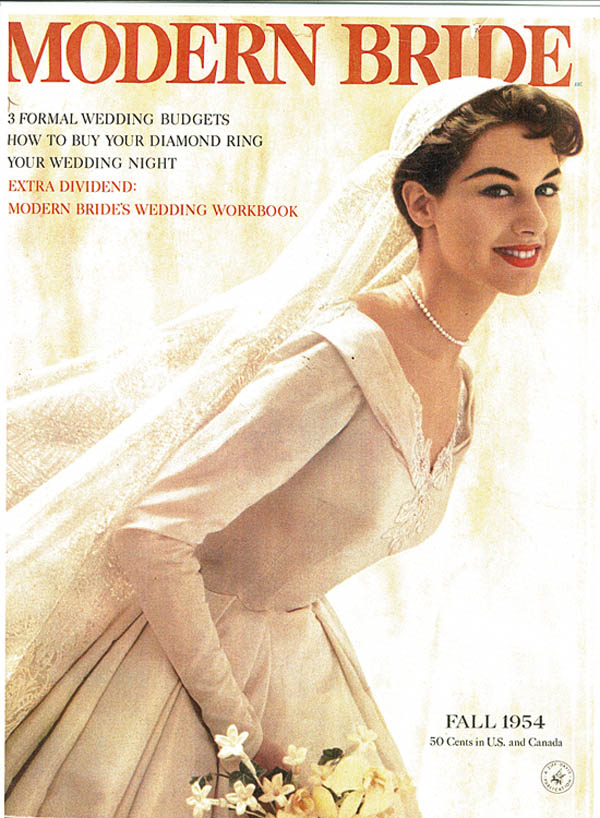A Tisket, A Tasket: A Bounty Of Beautiful Bride's Baskets
Smack Dab In The Middle: Design Trends Of The Mid-20th Century
If youre on the hunt for a wedding gift this summer, how about a gift that combines both options - something old and something new?
The choice is as close at hand as your nearest antique show or online auction site. Its been around for well over a century, yet its style and usage remain timelessly modern.
Its a brides basket.
Brides baskets have often gone by more generic monikers, such as flower or fruit bowls. When first introduced in the late 1800s, however, their elegant lines made them a hit with both wedding gift-givers of the time and the couples lucky enough to receive such a memento. And, while the gift tag may have been addressed to both bride and groom, there was no denying who the present was really intended for. Thats why these unique glass centerpieces in their graceful metal frames were soon dubbed, and have remained, brides baskets.
Brides baskets were an offshoot of handled silver baskets, a popular (and pricey) wedding accessory of the early 19th century. As the church service began, a flower girl would strew blossoms from a silver basket (sterling or coin). At the reception following, that now-empty basket provided a picturesque receptacle for the bridal bouquet, serving as an attractive centerpiece. And, when all the wedding hoopla had concluded, the silver basket found a permanent place of honor in the newlyweds home.
The market perked up considerably with the introduction of brides baskets made of much less costly silver plate. Relieving all that unrelenting silveryness, and contributing to the baskets usefulness, was the addition of a colorful glass insert bowl designed to complement the silver frame. The lightness of the design, reminiscent of an actual straw basket, ably served as a visual offset to the heft of the glass and metal.
Early inserts were traditional round bowls, and the processing possibilities were limitless. Glass could be satin, frosted, dotted with glittering mica chips, or even cased, resulting in different colorations on the bowl interior and exterior. Soon, the bowl shape moved far beyond the round. Ovals, rectangles, triangles, and even shallow circular plates vied for position as glass inserts. Smaller baskets, sometimes with an accompanying spoon, or rigaree (horizontal bands of applied glass embellishments), were used for marmalade and sweetmeats. These had a deeper cup shape, ideal for holding in their somewhat sloppier contents.
The most visually interesting variations occurred in manipulating the basket edging. Here, the glass could be crimped, crinkled, fluted, ruffled, or even deeply dipped, with portions of the interior folded outward, to create an eye-catching color contrast with the basket exterior. Often adding to the beauty were handpainted accents, such as flowers, vines, leaves, and fruit.
Metal frames also evolved, moving from a simple base with a delicate basket handle arching over the glass insert to more elaborate configurations. Some handles, bedecked with vine-like filigree, boasted central cut-out silhouette plaques of flowers and birds. Other baskets had no real functioning handle at all, just decorative metal spokes extending from the base. The bases themselves were at times perched on column-like pedestals or on metal renditions of cupids and other mythic creatures.
Since their basic components are decorative glass and silver-of-some-sort stands, brides baskets are not inexpensive. Even the smallest will set you back somewhere around $200. The traditional larger brides baskets hover in the $400-$600 range, while the most elaborate designs - those on pedestals, or with significant handpainting, extensive applied trim, or unusual edging - can teeter close to the thousand-dollar mark. So, if youre planning on buying one as a wedding gift for your friends, make sure theyre really good friends.
When it comes to wedding gifts, a vintage brides basket beats a gift card hands down. After all, its a two-fer: something old and something new.
As for something borrowed, something blue. . .well, there youre on your own.
Photo Associate: Hank Kuhlmann.
Donald-Brian Johnson is the co-author of numerous books on design and collectibles, including Postwar Pop, a collection of his columns, and an upcoming second volume. Please address inquiries to: donaldbrian@msn.com.














